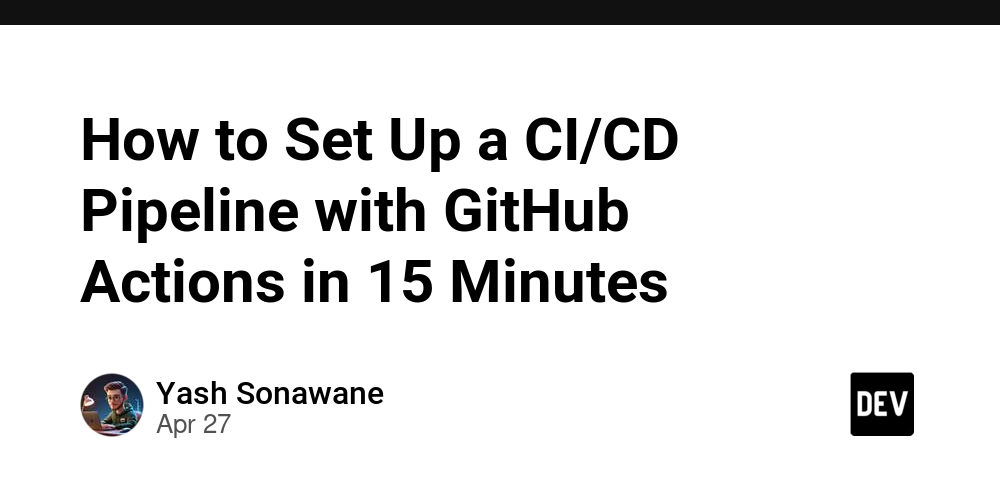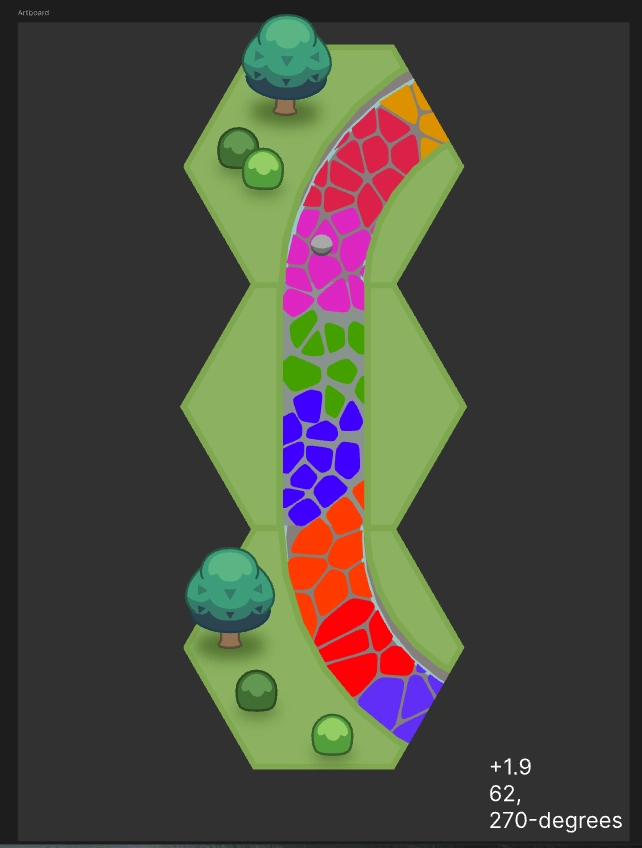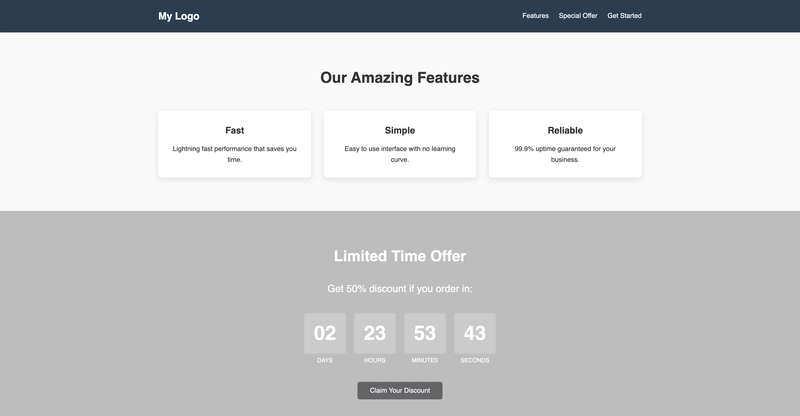How to Set Up a CI/CD Pipeline with GitHub Actions in 15 Minutes
Great for freelancers & beginners! Struggling to Automate Your Deployments? You're Not Alone. Imagine this: you've just finished coding a feature you're super proud of. But every time you push code, you have to manually build, test, and deploy it. It's exhausting, right? Good news! You can automate all that in just 15 minutes with GitHub Actions — no servers, no complicated setups, no headaches. Whether you're a freelancer juggling multiple projects or a beginner building your portfolio, this guide is for you. Let's get started! What You'll Need A GitHub account A repository (any project will do) Basic understanding of Git commits and branches (That's it — no fancy tools required!) Step 1: Create a .github/workflows Folder Inside your project repo, create a new folder: mkdir -p .github/workflows This is where GitHub Actions looks for workflow files. Step 2: Add Your First Workflow YAML File Create a file named ci-cd.yml inside .github/workflows: name: CI/CD Pipeline on: push: branches: [ main ] pull_request: branches: [ main ] jobs: build: runs-on: ubuntu-latest steps: - name: Checkout code uses: actions/checkout@v4 - name: Set up Node.js (or your environment) uses: actions/setup-node@v4 with: node-version: '18' - name: Install dependencies run: npm install - name: Run tests run: npm test - name: Deploy (example step) run: echo "Deploying your app..." Step 3: Push and Watch the Magic Happen After saving the YAML file, push your changes to GitHub: git add . git commit -m "Add basic CI/CD workflow" git push origin main Now go to your GitHub repo > Actions tab. You'll see your workflow running automatically!

Great for freelancers & beginners!
Struggling to Automate Your Deployments? You're Not Alone.
Imagine this: you've just finished coding a feature you're super proud of. But every time you push code, you have to manually build, test, and deploy it. It's exhausting, right?
Good news! You can automate all that in just 15 minutes with GitHub Actions — no servers, no complicated setups, no headaches.
Whether you're a freelancer juggling multiple projects or a beginner building your portfolio, this guide is for you. Let's get started!
What You'll Need
- A GitHub account
- A repository (any project will do)
- Basic understanding of Git commits and branches
(That's it — no fancy tools required!)
Step 1: Create a .github/workflows Folder
Inside your project repo, create a new folder:
mkdir -p .github/workflows
This is where GitHub Actions looks for workflow files.
Step 2: Add Your First Workflow YAML File
Create a file named ci-cd.yml inside .github/workflows:
name: CI/CD Pipeline
on:
push:
branches: [ main ]
pull_request:
branches: [ main ]
jobs:
build:
runs-on: ubuntu-latest
steps:
- name: Checkout code
uses: actions/checkout@v4
- name: Set up Node.js (or your environment)
uses: actions/setup-node@v4
with:
node-version: '18'
- name: Install dependencies
run: npm install
- name: Run tests
run: npm test
- name: Deploy (example step)
run: echo "Deploying your app..."
Step 3: Push and Watch the Magic Happen
After saving the YAML file, push your changes to GitHub:
git add .
git commit -m "Add basic CI/CD workflow"
git push origin main
Now go to your GitHub repo > Actions tab. You'll see your workflow running automatically!
































































































































































![[The AI Show Episode 143]: ChatGPT Revenue Surge, New AGI Timelines, Amazon’s AI Agent, Claude for Education, Model Context Protocol & LLMs Pass the Turing Test](https://www.marketingaiinstitute.com/hubfs/ep%20143%20cover.png)































































































































![[DEALS] Koofr Cloud Storage: Lifetime Subscription (1TB) (80% off) & Other Deals Up To 98% Off – Offers End Soon!](https://www.javacodegeeks.com/wp-content/uploads/2012/12/jcg-logo.jpg)
























![Is this too much for a modular monolith system? [closed]](https://i.sstatic.net/pYL1nsfg.png)




















































































































_roibu_Alamy.jpg?width=1280&auto=webp&quality=80&disable=upscale#)





 CISO’s Core Focus.webp?#)




































































































![M4 MacBook Air Drops to Just $849 - Act Fast! [Lowest Price Ever]](https://www.iclarified.com/images/news/97140/97140/97140-640.jpg)
![Apple Smart Glasses Not Close to Being Ready as Meta Targets 2025 [Gurman]](https://www.iclarified.com/images/news/97139/97139/97139-640.jpg)
![iPadOS 19 May Introduce Menu Bar, iOS 19 to Support External Displays [Rumor]](https://www.iclarified.com/images/news/97137/97137/97137-640.jpg)





































































































